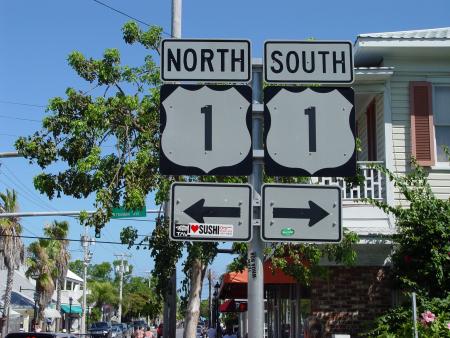But that day hasn't come yet. My three gigs of online storage don't cost me a single red cent. To be precise, Imagestation now graciously
 hosts 3233 megabytes, and 2446 images, for me -- at zero cost.
hosts 3233 megabytes, and 2446 images, for me -- at zero cost.
Well, actually, not exactly. Sony doesn't charge to store photos on Imagestation, and they say the storage quota is unlimited. Still, I have spent a fair amount of money ordering my own artwork from Sony. They sell physical manifestations of your digital images, and I've ordered prints, enlargements, mousepads, and even a photo cake.
That's Imagestation's bread and butter: you sit at home -- or on the road -- and snap digital photos; you upload for free, and Sony hopes you and your pals will order physical photos in various formats.
All well and good. But Sony's missing the boat in a very important way.
Every time you post images to Imagestation, they ask if you want to allow others to order prints from your collection. The choice is binary: either strangers can order prints of your photos, or they can't. Wrong! Instead of "yes or no" the question should be "How much?"
In the business world, if you need an image of a person using wireless Internet access, or a photo of a cat eating tuna, you turn to a stock photography site. I first learned about stock photography back in the 70s when I encountered Image Bank. The late 80s brought CD-ROMs of cheap stock photos. The 90s brought stock photography Web sites such as photos.com.
Today, millions of people have digital images to share. Sure, most of those photos are junk. But digital cameras are wonderful gadgets, and not every casual photographer is a tyro. Millions of people possess digital photos that millions of others might covet.
Sony has tried to make Imagestation a sort of community of photographers. You file your photo albums by categories that others can search and browse, and you can enter photo contests.
What's missing is the ability to sell your photos. Maybe that shot of a sunset in Key West or that foggy day at Hearst Castle is exactly what someone else seeks. They might want the image as a personal mememto, or perhaps they need an image for an industrial application.
So here's the idea, Sony: let me set a price
 for each photo. You want a copy of that photo of Yahoo advertising in Times Square? OK, you can have a 4 X 6 print for $10 or you can use it in your annual report or on the Web for $100.
for each photo. You want a copy of that photo of Yahoo advertising in Times Square? OK, you can have a 4 X 6 print for $10 or you can use it in your annual report or on the Web for $100.
The idea is simple, but incredibly powerful: build a marketplace for millions of photographs. Democratize the world of stock photography. Let everyone who has images that might someday be useful or desirable to someone else sell 'em online.
Think like Ebay: it's not just millions of people, it's a marketplace. Think like Amazon: when someone looks at one person's photos, toss in a sidebar that says "People who looked at
Rich's photos of springtime at Michigan State also liked these other photo albums."
Sony's Imagestation is at once wonderful and awful. It's a great way to share your photos with friends and the world at large, but its interface is clunky and at times its performance is poor. Most importantly, Sony doesn't understand how to build not just a photographic community, but a photographic marketplace.
No comments:
Post a Comment